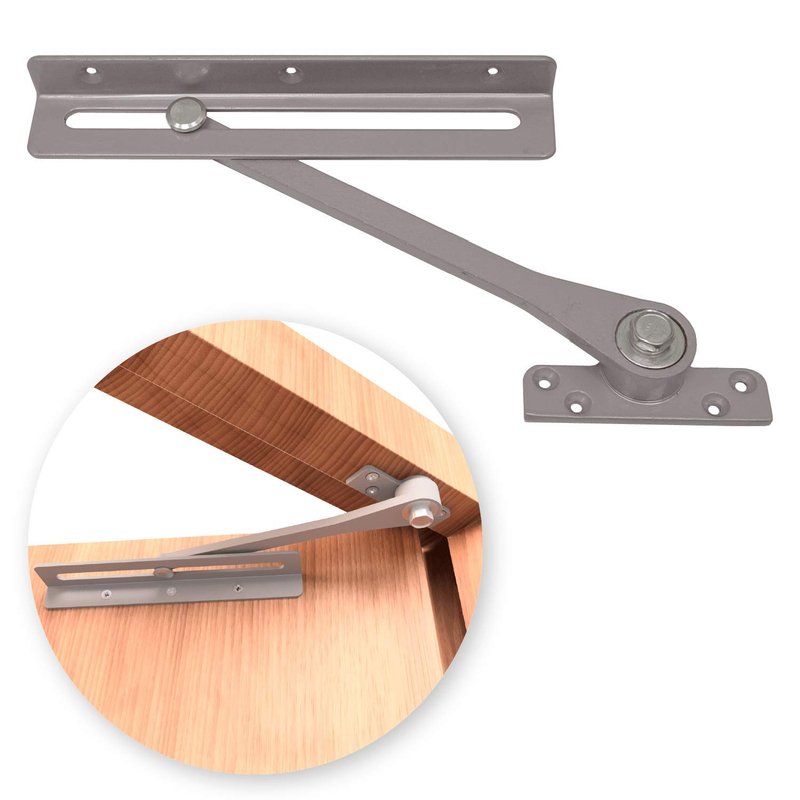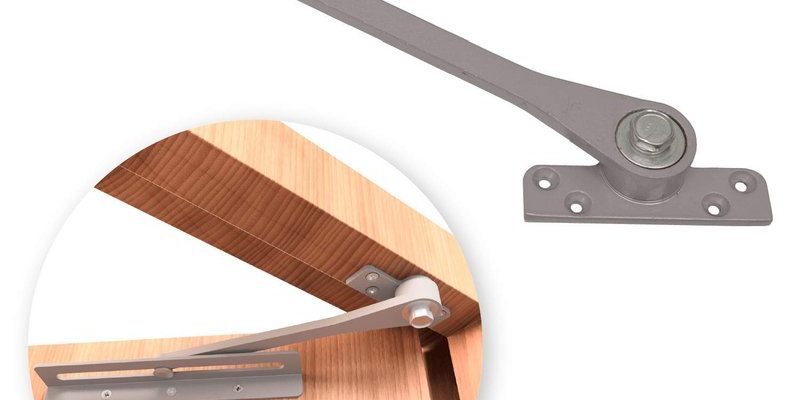
You might be wondering what causes that annoying friction. It can stem from dust, debris, or even wear and tear over time. Fortunately, there are several effective products designed specifically to tackle this issue. Whether you’re dealing with an old door or a new installation, knowing which products to use can save you time and money in the long run. Let’s dive into the best options that can help your door latch mechanism function effortlessly.
Understanding Door Latch Mechanisms
Before we jump into the products, it’s helpful to understand how door latch mechanisms work. At their core, these devices are designed to keep your door closed while allowing for easy opening. Most latches have a catch that holds the door in place and a lever or knob that releases it. However, friction occurs when parts rub against each other too much. This can turn the simple act of opening a door into a tug-of-war game.
Think about it this way: if you’re trying to slide a box across a rough surface, you’ll need to exert a lot more effort than if it were on a smooth one. Similarly, if the components of your latch are rubbing against one another instead of gliding, it can lead to wear, tear, and the need for replacement. So, reducing friction is not just about making your door easier to use; it’s also a way to extend the life of your latch.
Benefits of Reducing Friction in Door Latch Mechanisms
Reducing friction in your door latch does more than just make it easier to open and close. Here are a few key benefits to consider:
- Improved Ease of Use: A well-functioning latch mechanism means you won’t have to wrestle with a sticking door. It should open and close smoothly with minimal effort.
- Longevity of Hardware: Less friction means less wear and tear. By caring for your latch, you can prolong its life and avoid costly replacements.
- Enhanced Security: A door that latches properly is more secure. When everything works smoothly, you can trust that your door will stay locked when you need it to.
- Lower Maintenance Costs: By proactively reducing friction, you can save money in the long run. Maintenance and repairs can add up, so it’s wise to invest in good products early on.
The bottom line? Reducing friction not only makes your life easier but also ensures your door functions effectively and lasts longer.
Types of Products for Reducing Friction
When it comes to reducing friction in door latch mechanisms, you have several product options. Here’s a rundown of the most effective types:
Lubricants
Lubricants are the most common choice for reducing friction. They come in various forms, including sprays, oils, and even greases. A good lubricant creates a protective barrier that minimizes friction between moving parts. Look for products like silicone spray or graphite powder, as they’re effective and easy to apply.
Graphite Powder
Graphite powder is particularly useful because it’s dry and doesn’t attract dirt or dust. It’s perfect for latch mechanisms that might be exposed to the elements. To use it, simply apply a small amount to the latch mechanism and work it in by operating the latch a few times.
Silicone Spray
Silicone spray is another excellent option. It’s versatile and can be used on various surfaces without leaving a sticky residue. Just spray it on the latch and surrounding areas, then wipe away any excess. The beauty of silicone spray is that it repels moisture, protecting against rust and corrosion.
Rust Inhibitors
If your door latch is showing signs of rust, you might want to consider a rust inhibitor. These products not only prevent further rusting but also help improve the smoothness of the latch mechanism. Apply the inhibitor according to the manufacturer’s directions for the best results.
Top Products to Reduce Friction
Now that we understand the types of products available, here are some top recommendations for reducing friction in your door latch mechanisms:
- WD-40 Multi-Use Product: A classic choice known for its versatility. It’s great for lubricating and protecting your latch against rust.
- 3-IN-ONE Oil: This lightweight oil is ideal for door latches. It penetrates well and provides lasting lubrication without attracting dirt.
- Silicone Spray Lubricant by DuPont: This is a reliable silicone-based option that works wonders on latches, providing moisture resistance.
- Blaster Dry Lube with Teflon: This dry lubricant offers enhanced performance by adding a layer of Teflon, reducing friction effectively.
Using any of these products can make a noticeable difference in how smoothly your door latch operates.
How to Apply Lubricants and Reduce Friction
Applying these products is usually straightforward, but here’s a step-by-step guide to ensure you get it right.
1. Clean the Area: Start by cleaning the latch mechanism. Use a cloth to remove dirt, dust, or old grease that may be causing friction.
2. Apply Product: Depending on the product you’re using, either spray or apply a small amount directly to the moving parts of the latch.
3. Operate the Latch: Move the latch back and forth several times. This helps distribute the lubricant evenly and ensures that it penetrates into all the necessary areas.
4. Wipe Away Excess: After operating the latch, wipe off any excess lubricant to prevent dirt from sticking.
5. Test the Door: Open and close the door a few times to feel the difference. It should now operate much more smoothly.
Common Problems and Troubleshooting
Even with the right products and care, issues can still arise. Here are some common problems you might face, along with troubleshooting tips:
- Latch Still Sticking: If your latch is still sticking after applying lubricant, ensure that you’ve cleaned the area thoroughly. Dirt build-up can create ongoing friction.
- Lubricant Not Lasting: If the lubricant seems to wear off quickly, you might need to apply a thicker product or switch to a different type of lubricant, like grease.
- Rust Formation: If you notice rust, it’s time to apply a rust inhibitor. Regular maintenance will help prevent rust from becoming a larger problem.
By identifying these common issues early on, you can keep your door latches functioning smoothly for years to come.
Reducing friction in door latch mechanisms is essential for maintaining ease of use, extending hardware life, and enhancing security. With the right products—like lubricants, graphite powder, or silicone sprays—you can keep your doors operating smoothly. Remember, regular maintenance is key.
By applying the steps outlined and addressing common problems as they arise, you’ll ensure that your door latches are always in top shape. A little effort goes a long way, so why not take the time to choose the right products and methods? After all, a smooth door latch could save you from those little frustrations we all encounter daily.
